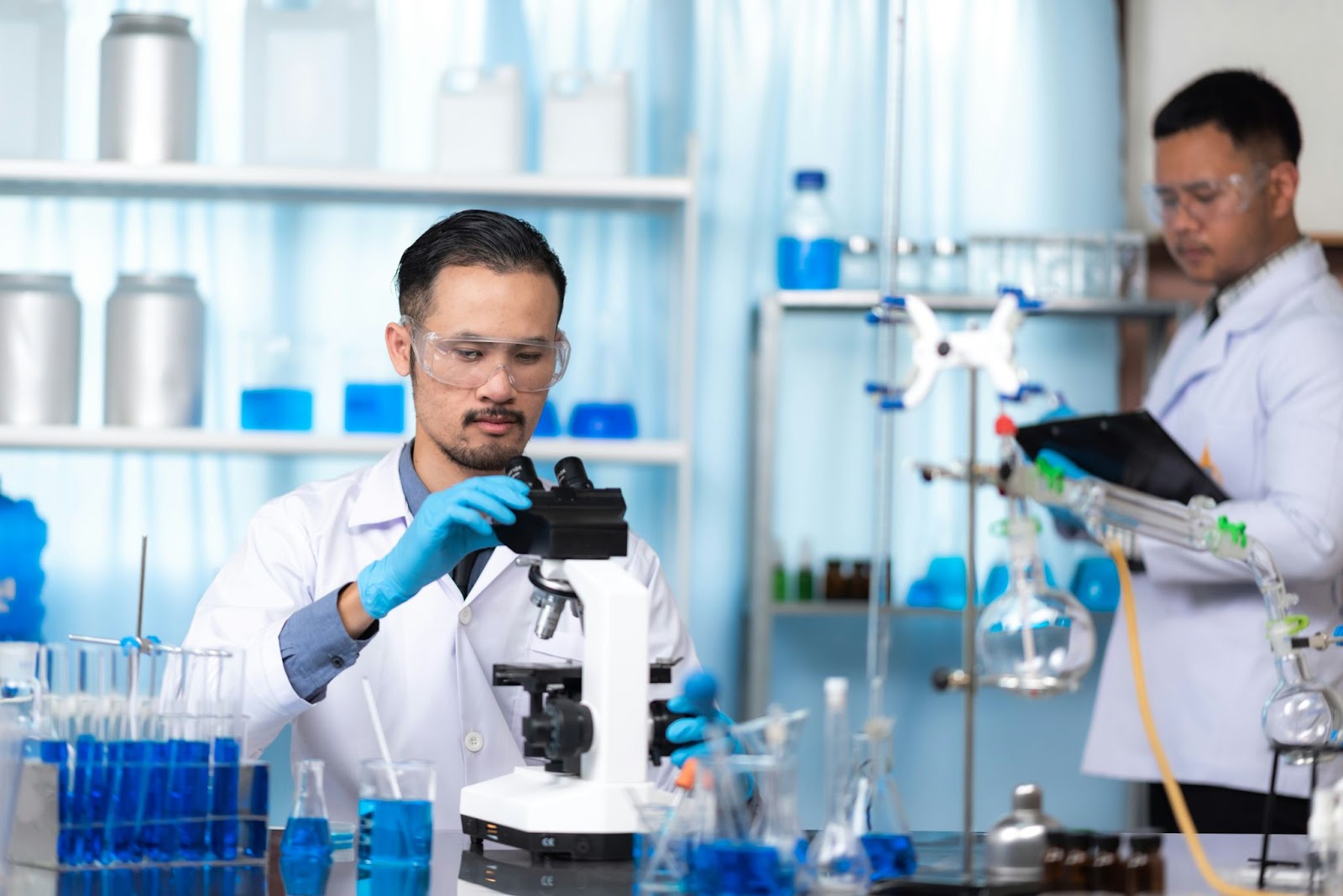
Laboratories play a crucial role in scientific research, medical diagnostics, and industrial applications, where speed and accuracy are paramount. Efficient lab operations ensure timely results that drive decision-making, patient care, and technological advancements. As industries push for higher standards, laboratories must continuously adapt by integrating modern technology, refining workflows, and maintaining stringent quality control measures.
The adoption of automation, artificial intelligence, and digital data management has greatly improved efficiency while reducing errors. However, maintaining a balance between innovation and regulatory compliance remains a challenge. California Cannabis Testing Labs sets the benchmark by investing in skilled personnel, cutting-edge equipment, and proactive monitoring systems. As the future unfolds, laboratories that embrace new methodologies and adapt to emerging trends will remain at the forefront of scientific progress.
Why Speed and Reliability Matter in Labs
Laboratories rely on fast and accurate results to support critical research, medical diagnostics, and industrial testing. When efficiency is compromised, it affects not only the lab’s productivity but also those who depend on timely and precise data. Many labs face challenges such as outdated equipment, inefficient workflows, and staffing shortages, all of which can reduce reliability. Laboratories that fail to invest in modernization often struggle to keep up with growing demands, impacting overall success.
A high-performing laboratory balances rapid turnaround times with consistent, high-quality results. Institutions that invest in automation and cutting-edge innovations often stay ahead by delivering faster, more reliable outcomes while maintaining compliance with industry requirements. Strategic investments in equipment upgrades and process optimization can significantly enhance a lab’s ability to meet industry demands.
Key Factors That Enhance Laboratory Performance
Efficiency in a laboratory depends on a combination of advanced technology, streamlined workflows, and skilled personnel. Automated systems and modern equipment help minimize human error, speed up processes, and ensure consistency in results. When labs integrate digital tracking and data management systems, they reduce the risk of miscalculations and improve overall accuracy. The ability to monitor and analyze performance metrics in real time allows teams to make data-driven decisions that enhance efficiency.
A well-trained team is just as important as the tools they use. Experienced professionals who understand best practices and proper protocols contribute immensely to maintaining reliability. When staff members receive ongoing training, they stay updated on the latest techniques, allowing them to work more efficiently while upholding high standards.
Laboratories that prioritize speed and precision often implement strict quality control measures. Regular calibration of instruments and adherence to standardized procedures ensure that every test result is timely and dependable. Organizations that embed a culture of accuracy and efficiency into their operations consistently outperform competitors in delivering high-quality results.
Innovations Transforming Lab Efficiency
Advancements in automation, artificial intelligence, and robotics are redefining how laboratories operate. Automated sample processing and AI-driven data analysis significantly reduce the time required to complete complex tests. By integrating machine learning algorithms, labs can quickly identify patterns in data, leading to faster and more accurate diagnostics. The growing reliance on AI-driven technologies has also paved the way for predictive analytics, allowing labs to anticipate potential issues before they arise.
Some facilities are adopting robotic systems to handle repetitive tasks, allowing experts to focus on more complex analyses. This shift not only accelerates workflows but also minimizes the risk of human error. In high-throughput settings, robotics can process thousands of samples daily with minimal oversight. Laboratories that invest in robotic automation often experience a substantial increase in efficiency, allowing them to scale operations without compromising accuracy.
Best Practices for Optimizing Speed and Accuracy
Maximizing efficiency in a laboratory starts with refining workflows and eliminating unnecessary steps. A well-organized system ensures that tests are processed in a logical sequence, reducing delays and minimizing errors. Regular assessments of procedures help identify bottlenecks that slow down operations, allowing labs to implement strategic improvements that enhance speed and precision. Process mapping and automation can further help laboratories streamline their operations by identifying inefficiencies and optimizing resource allocation.
Investing in routine equipment maintenance is another crucial factor. Instruments that are not properly calibrated or serviced can produce inconsistent results, leading to costly retesting or incorrect conclusions. Laboratories that follow strict maintenance schedules experience fewer disruptions and maintain a higher level of reliability in their output. Preventive maintenance programs help reduce downtime and extend the lifespan of critical lab instruments, ensuring uninterrupted workflow.
Experienced personnel play a vital role in maintaining accuracy. When staff members receive continuous training on the latest industry advancements, they can work more efficiently and adapt to new technologies with ease. A well-trained team not only reduces the likelihood of errors but also ensures that every test meets the highest standards of quality.
Setting the Benchmark for Excellence
Leading laboratories distinguish themselves by consistently delivering fast and accurate results while maintaining rigorous quality standards. These facilities leverage cutting-edge technology, optimize workflows, and foster a culture of continuous improvement. Their commitment to efficiency allows them to meet high demands without compromising precision. Labs that regularly benchmark their performance against industry standards can identify areas for growth and stay ahead of emerging trends.
Some of the most successful labs have implemented real-time data tracking and predictive analytics to anticipate potential issues before they arise. By using advanced monitoring systems, they can detect irregular patterns, prevent errors, and maintain seamless operations. This proactive approach not only enhances reliability but also boosts overall productivity. Data-driven decision-making enables labs to adapt swiftly to dynamic challenges, ensuring uninterrupted service to their clients.
Organizations that set the gold standard in laboratory performance often share their findings with the broader community. Collaborative efforts in research and development push the boundaries of innovation, ensuring that the industry as a whole continues to evolve. Their willingness to embrace change and adopt new methodologies sets them apart as industry leaders.